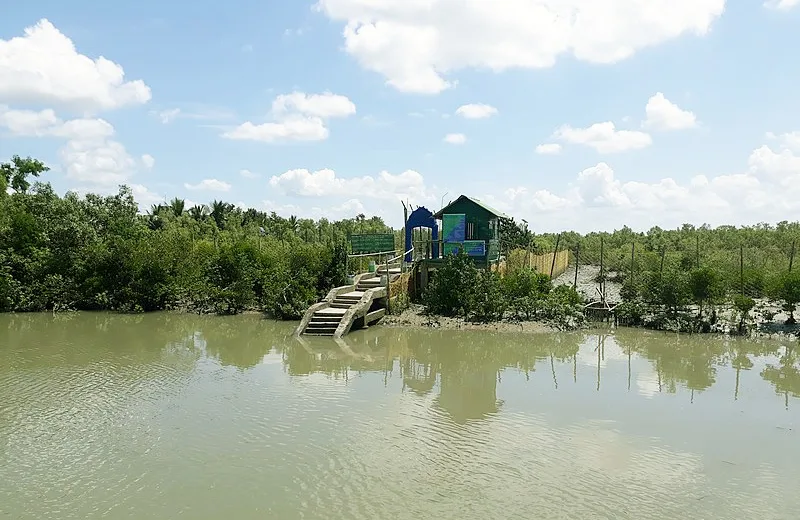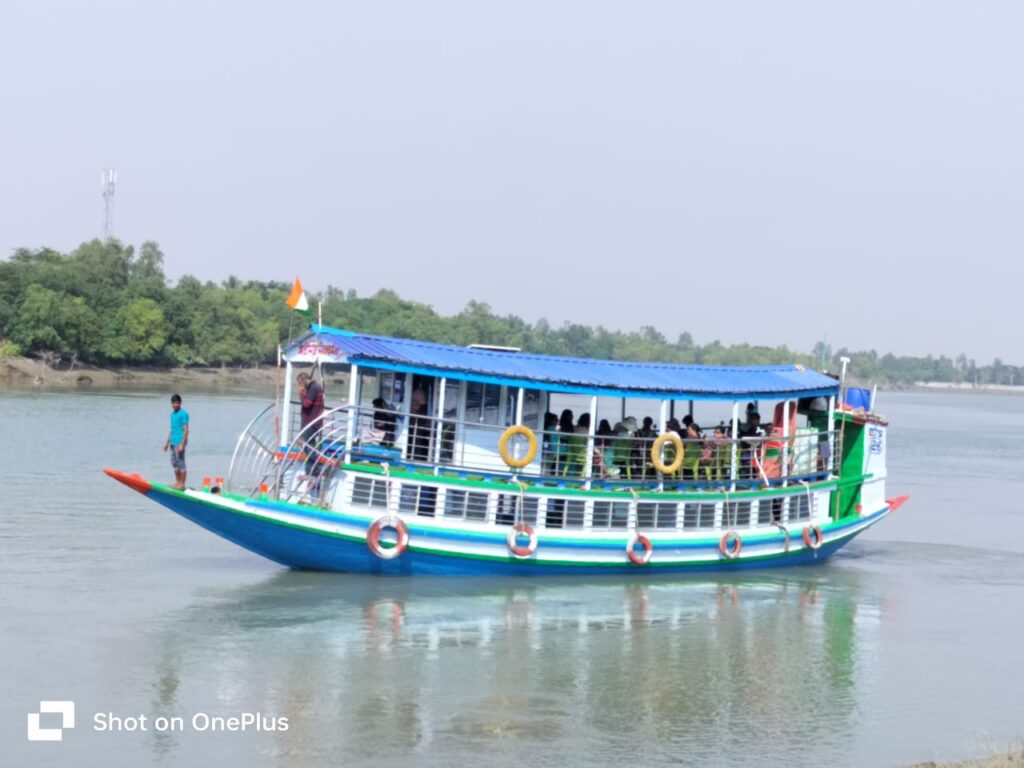- Kolkata to Kolkata per head Rs. 5500/-
- Canning to Canning per head Rs. 4500/-
- Godhkhali to Godhkhali per head Rs. 4300/-
2 Nights 3 Days Sundarban Tour Package is a perfect & pocket-friendly tour to the lush greeneries of Sundarban. We charge 5500/ per head for Kolkata to Kolkata, 4500/ per head for Canning to Canning & 4300/ per head for Godhkhali to Godhkhali. Geyser facilities are available.
Our exclusive 2 Nights 3 Days Sundarban Tour Package will provide you with pick up & drop service from Kolkata/Canning Railway Station/Godhkhali. The Sundarban tour package includes luxury transportation facilities such as an AC car/ AC bus, luxury lodging & mouth-watering food arrangements & exciting adventures, including Jungle Safari, Birdwatching, Boat Riding, & Village Walks.
Includes
Pick up & Drop from Kolkata to Kolkata/ Canning to Canning/ Godhkhali to Godhkhali by AC bus/AC car/non-AC bus/ non-ac car/ Tata magic.
Accommodation: Standard AC/ Non-AC room.
All delicious Meals as per the package schedule.
Mechanised boat with luxury beds & European toilet.
Evening cultural performance: Folk ‘JHUMUR’ dance & Baul song.
Jungle Permission & Guide Charges.
Still, Camera permissions.
Tour Manager & Govt. Tourist Guide.
Luxury Boat Safari & Facilities.
Excludes
Kindly remember that Any kind of Aerated or Hard drinks are not allowed.
Video camera charges are extra.
Coolie charges are applicable.
Any meal out of the included package.
Non-Indian guests are responsible for their permit fees within the Tiger Reserve.
Any miscellaneous expenses incurred during your stay at Sundarban are not included.
Things To Carry
The doctor prescribed specific medicines for personal health needs such as fever, cold, cough, stomach upset, headache, etc.
Carry a valid photo ID.
Foreign visitors must have their original passports on hand.
Carry your camera & binoculars for capturing the wild beauty of Sundarbans.
Carry a cap/ sunglasses/ sunscreen lotions during your Sundarbans tour.
Easy to carry baggage.
Opt for comfortable footwear.
Carry cash as needed, as the ATM is remotely accessible in this area. ATM available in Gosaba: SBI Bank ATM.
Child Policy
Free for 1 to 4 years.
50% charges are applicable for children between 4 to 8 years.
A full charge is applicable for children above 8 years.
Important Notes To Remmember
The Itinerary is subject to change as the visit to the different watch towers depends on tidal and weather conditions. However, we will cover the places mentioned in the 2 Days 3-Nights Sundarban Tour Package during the stay.
The Food menu might also be changed depending on the food availability.
We might change the luxury vehicles or Boats if we encounter any technical problems and ensure the safety of our guests.




















